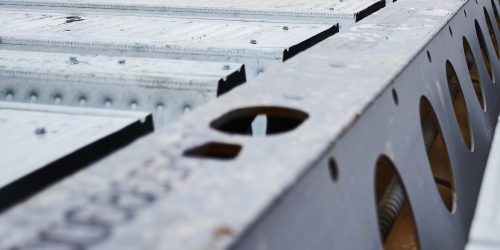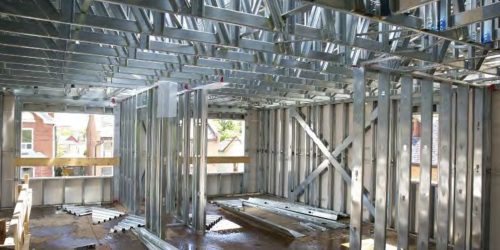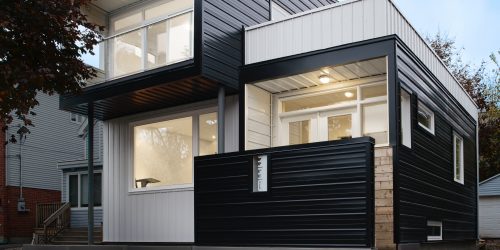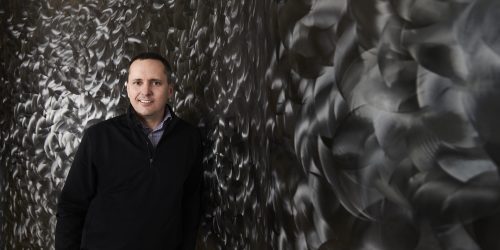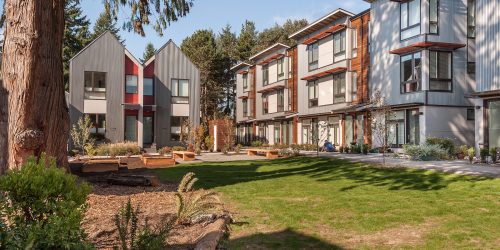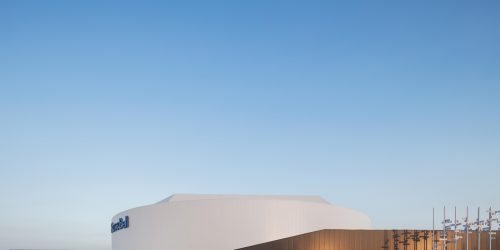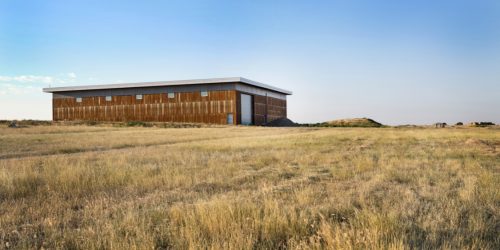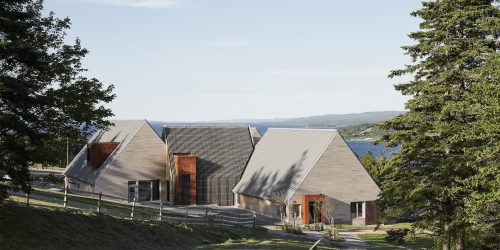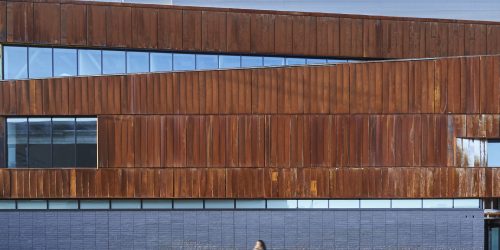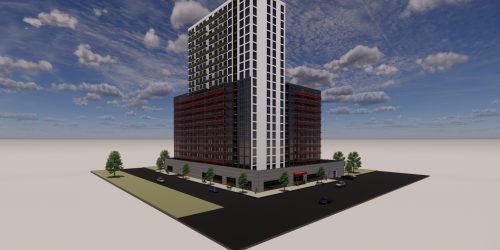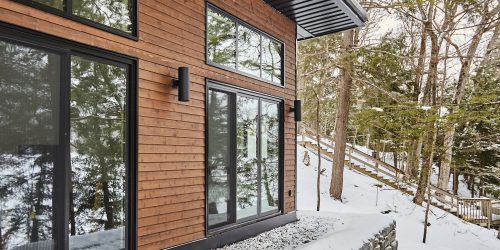Moo-ving Milk from Farms to Fridges
IMPs keep things cool in Gay Lea’s dairy distribution centre
Story: Julia Preston, Ian VanDuzer
Photography: Kingspan Contruction
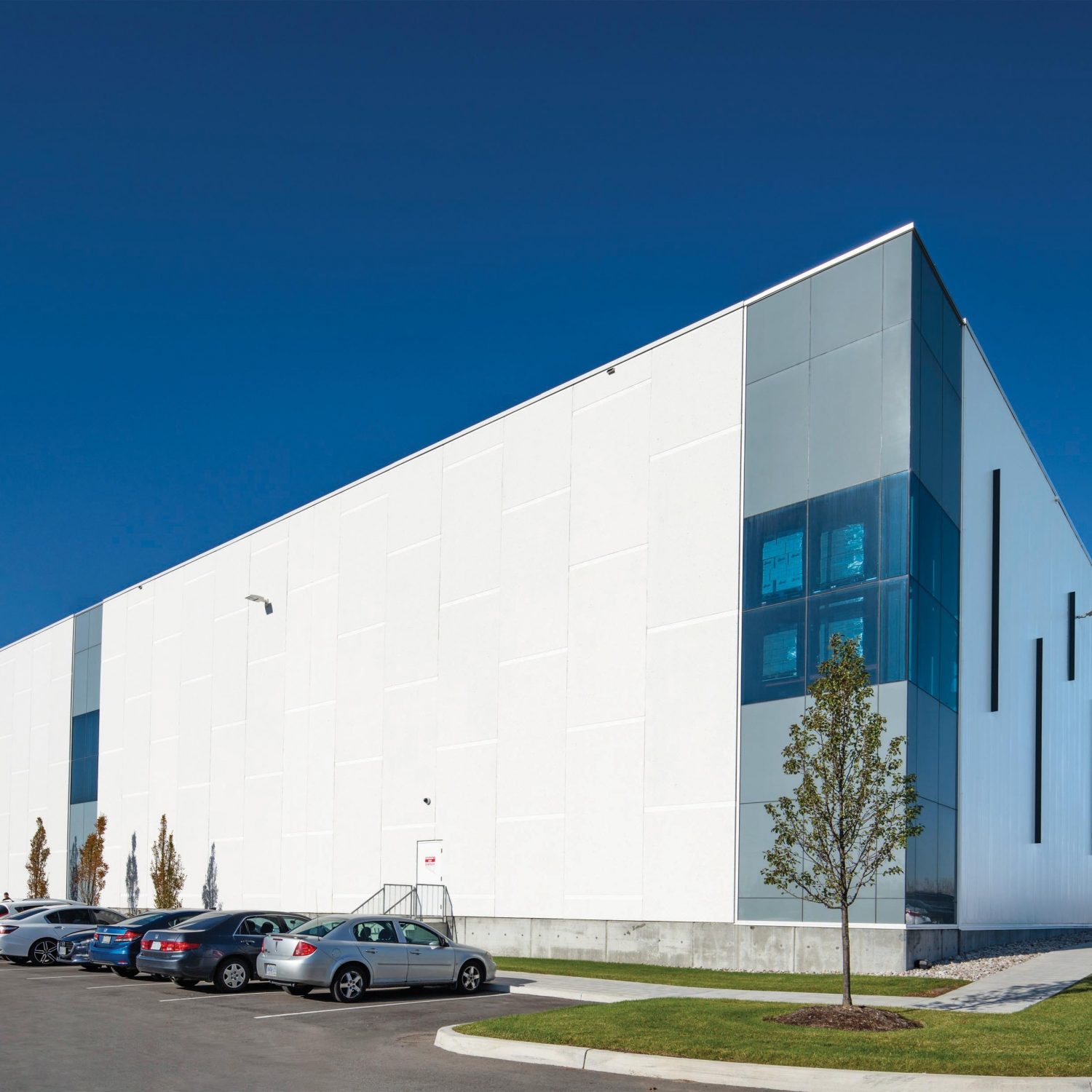
Have you ever asked yourself where your milk came from? Maybe as you poured it into your tea, or dunked a cookie in it? If you have, you probably thought about the cow that made the milk, the farmer that cared for the cow, and the truck that moved the milk to the grocery store. But that story from cow-to-glass is missing a lot of pieces and in-between steps.
There’s a lot you probably don’t know about the dairy industry, or about Gay Lea, one of the largest producers of dairy products in Ontario. The co-operative was formed in 1958 when a group of farmers came together with a goal to build a better future for themselves and their communities.
The dairy industry has changed a lot in the 65 years since 1958, and Gay Lea has changed with it.
Innovation has been a significant driver in how Gay Lea has responded to consumers’ evolving tastes, even as they remain true to their “Born on the Farm” heritage. Over the last several years, Gay Lea has expanded into Manitoba and even added goat and sheep’s milk to its offerings.
Today, Gay Lea includes approximately 1,300 dairy farms in Ontario and Manitoba. The co-op produces butter, cottage cheese, sour cream, whipped cream, cheese and, of course, milk. Members of the Gay Lea co-operative produce about 35 per cent of Ontario's cow milk.
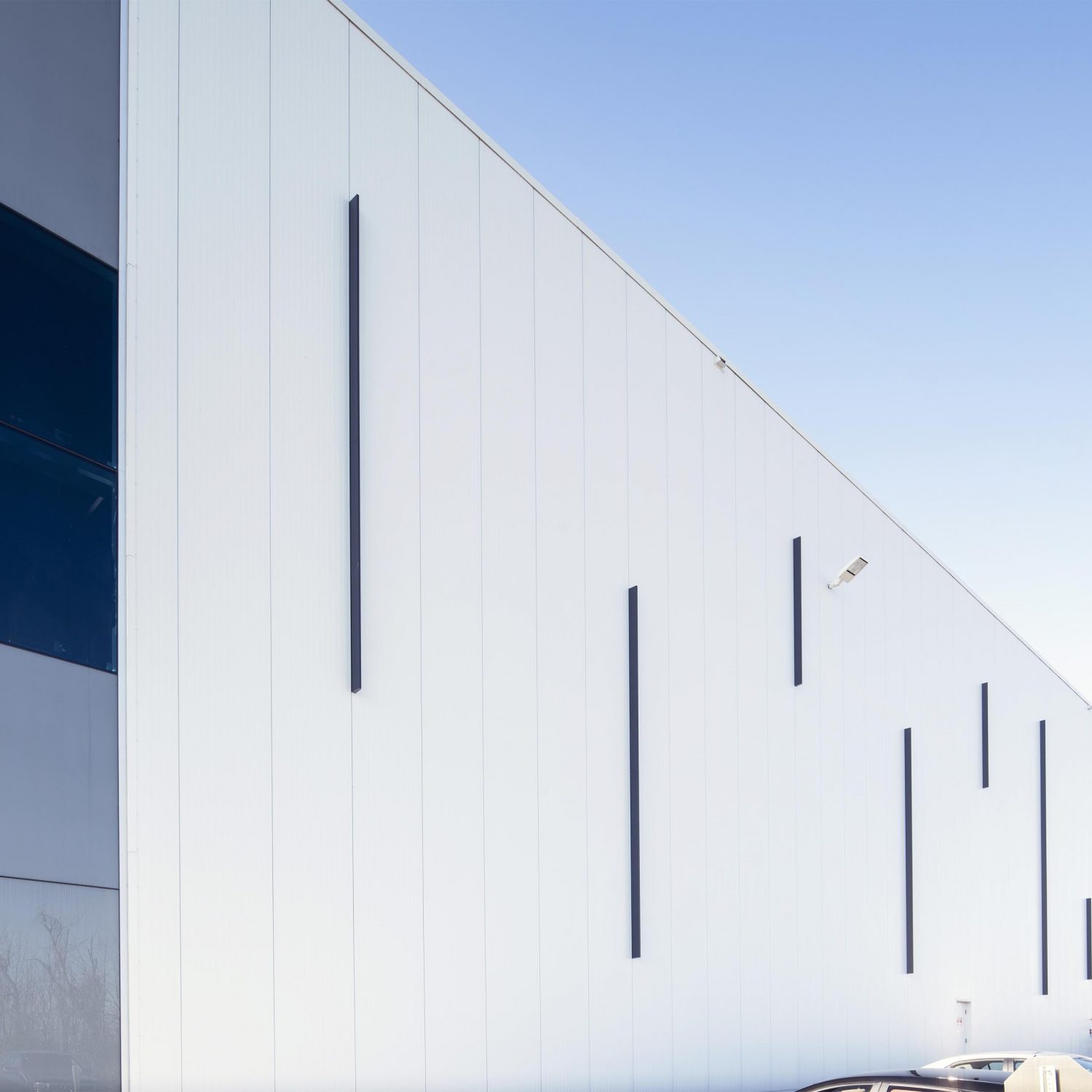
Members of the Gay Lea co-operative produce about 35 per cent of Ontario's cow milk. Cold storage and food processing structures don’t have to be "big white boxes."
From Farm to Fridge
With all of that milk and dairy, the need to get products from farms to your fridge keeps growing and growing. The centrepiece of Gay Lea’s distribution solution is their whopping 13,000
square metre central distribution centre in Brampton, Ontario. Manufacturing facilities from across Ontario ship their finished goods to the Brampton centre before the products go to final customers in retail, foodservice, industrial and export markets.
The new facility is a sleek, modern representation of today's dairy industry. More than 100 employees at the centre manage over a million cases of product and ship more than 200,000 cases to customers each week. That’s a lot of cheese!
The centre also stores Gay Lea’s packaging and ingredients for various production facilities across the province.
So, how do you design a large-scale dairy distribution centre?
“The facility has a pallet runner/mole system to maximize the space with deep storage lanes,” says Joel Harris, vice president of supply chain with Gay Lea. “It is also flexible in its design, allowing the different temperature-controlled environments to be adjusted from ambient to cooler, as well as freezer to cooler, to accommodate potential seasonal or business changes.”
The new facility is a sleek, modern representation of today's dairy industry.
Insulated metal panels (IMPs) were an obvious solution for the distribution centre, where multiple controlled environments with fluctuating temperatures were required. IMPs provide high R-value, perfect for insulating cold storage facilities and food processing plants. IMPs allow for a quick install and are a cost-effective solution for wall systems. Over the long-term, the panels also provide cost and thermal benefits both inside and outside of a building.
At Gay Lea’s distribution centre, clean milky white IMPs from Kingspan cover the exterior of the building. Orlando Design Services, the architect, selected Kingspan’s KS Shadowline and KS Shadowline Interior products as the predominant cladding for the centre.
The panels incorporate a tongue and groove interlocking rainscreen joint, which ensures foam-to-foam contact and enhanced thermal protection.
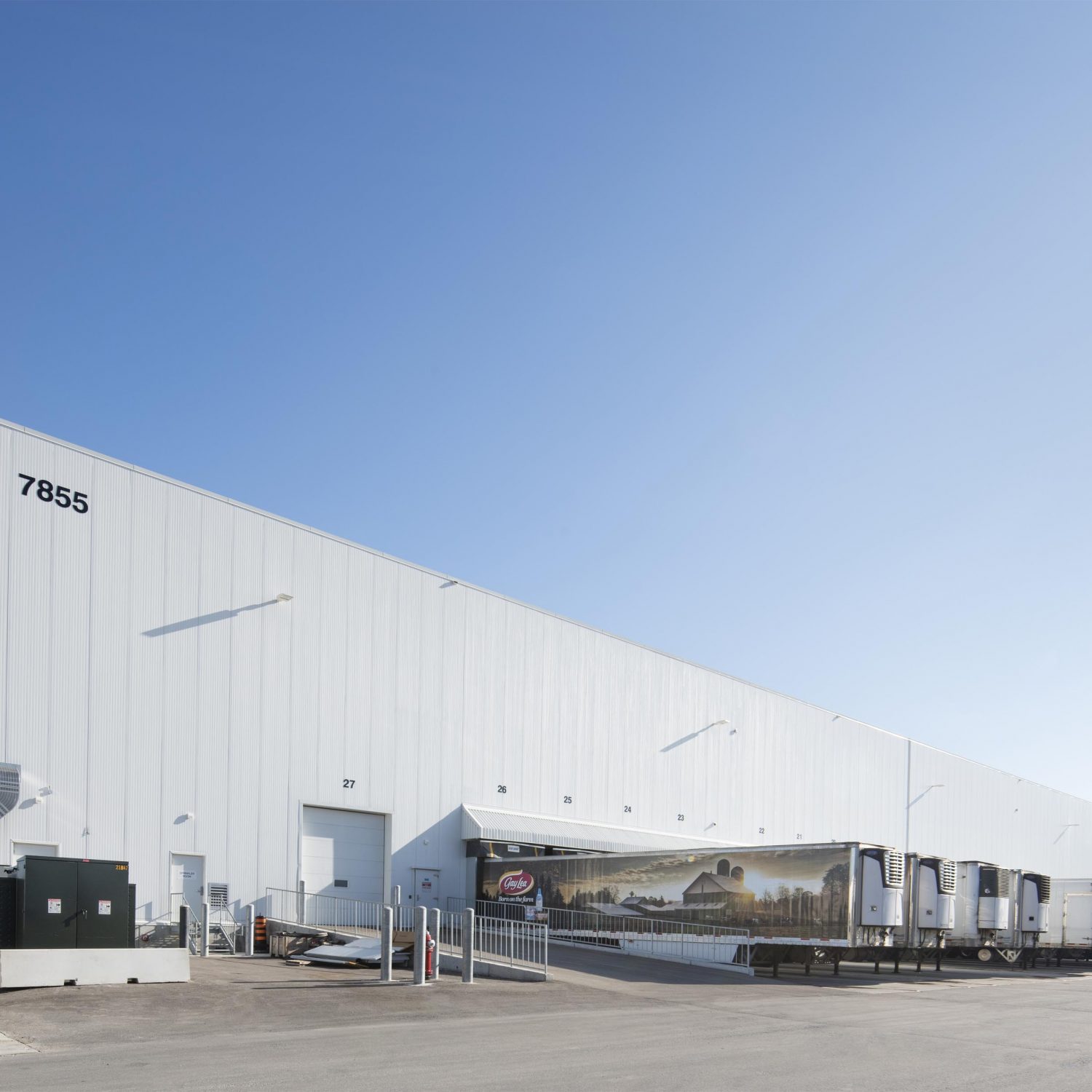
The battle against “big white boxes”
Cold storage and food processing structures tend to be “big white boxes,” describes Karim Muri, vice-president of marketing services and strategy developments with Kingspan. To add visual interest in a cost-effective way, Orlando added Kingspan’s new Accent FinTM to the exterior walls.
“It’s an architectural addition that can fit between the steel joints that makes a plain steel wall look a bit more interesting,” says Muri.
The fins, made of extruded aluminum, protrude six inches perpendicular from the wall. Varying lengths of fins in dark charcoal were installed vertically along the wall of the distribution centre at seemingly random intervals.
While accent fins are available in all standard Kingspan colours, as well as custom colours, and in spans of up to 12 feet in length, Orlando Design Services chose to use dark charcoal to mimic the black-and-white look of a classic dairy cow.
For Orlando Design Services, the IMPs provided the construction speed and building envelope integrity they needed, while the fins added aesthetically appealing design elements to enhance the appearance of the building.
“The modularity and precision with Kingspan insulated panels provided the aesthetic required of a clean modern look... The new fin product offerings give building design professionals many new opportunities to add visual interest to large walls in a cost-effective way,” the company said in a statement.
Together, the design, construction and function of the distribution centre are helping to position Gay Lea for the future. Yes, they’re always moo-ving forward.
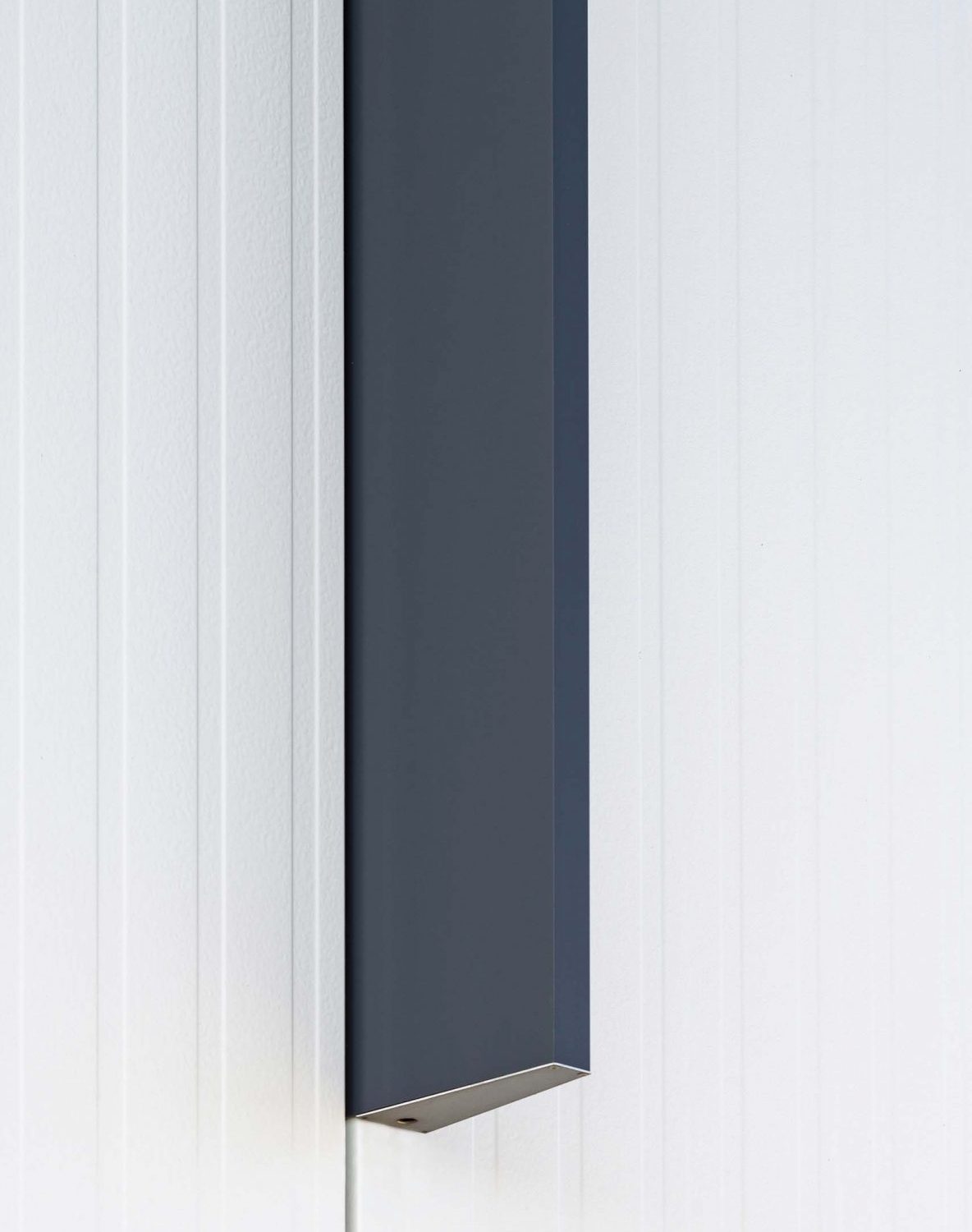
Project Specifications
BUILDING OWNER:
Orlando Corporation // orlandocorp.com
ARCHITECTS:
Orlando Design Services
ENGINEERS:
McIntosh Perry // mcintoshperry.com
GENERAL CONTRACTOR:
Orlando Corporation
INSTALLER:
Thermo Design Insulation Ltd // thermo-design.com
PRODUCT SUPPLIER:
Kingspan // http://kingspan.com
PRODUCT SPECS:
Insulated Metal Panels: KS Shadowline in Cambridge White 431B900, KS Shadowline Interior in Imperial White P7C733B, Accent Fin™ A-Frame in Charcoal Grey
